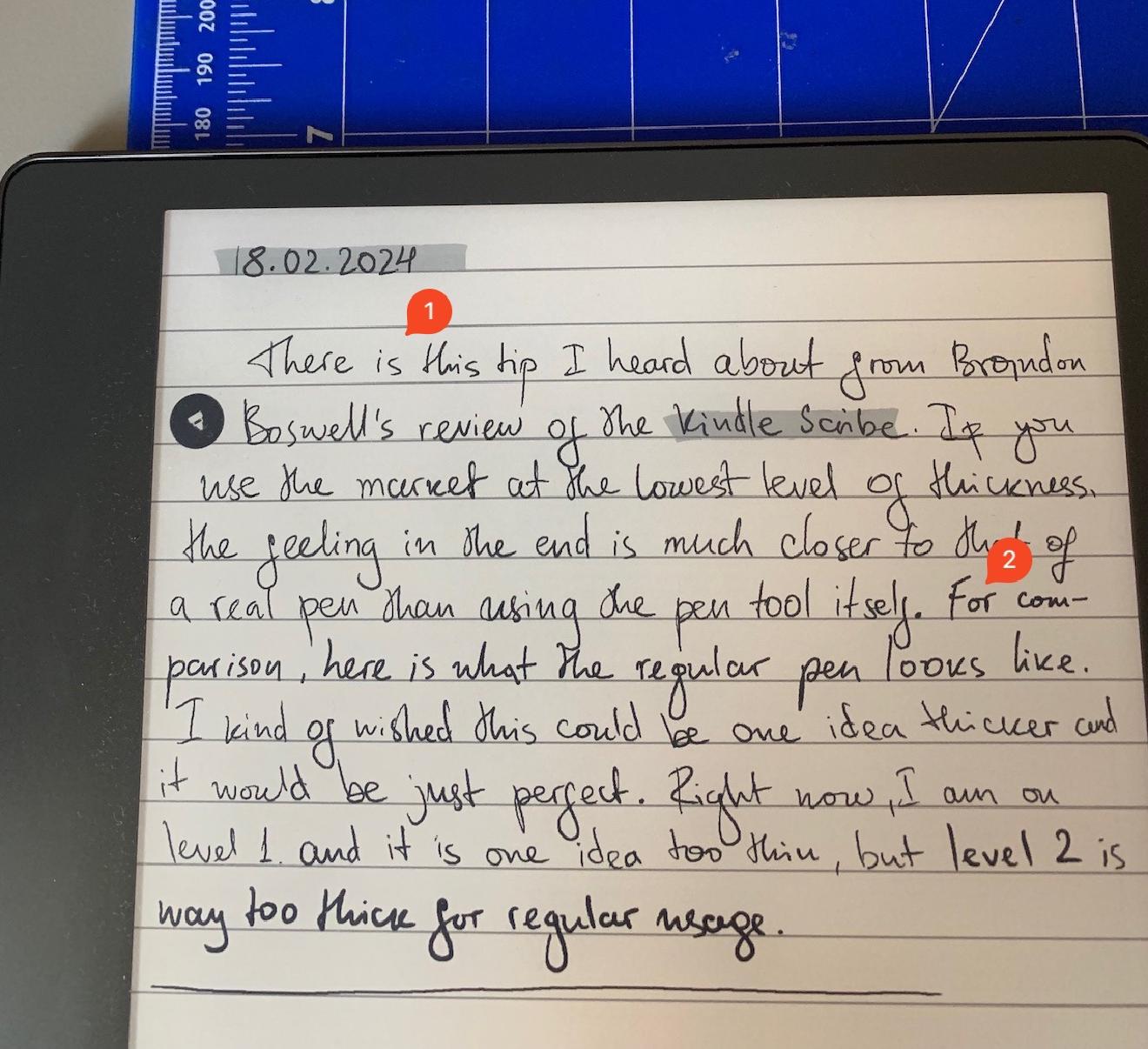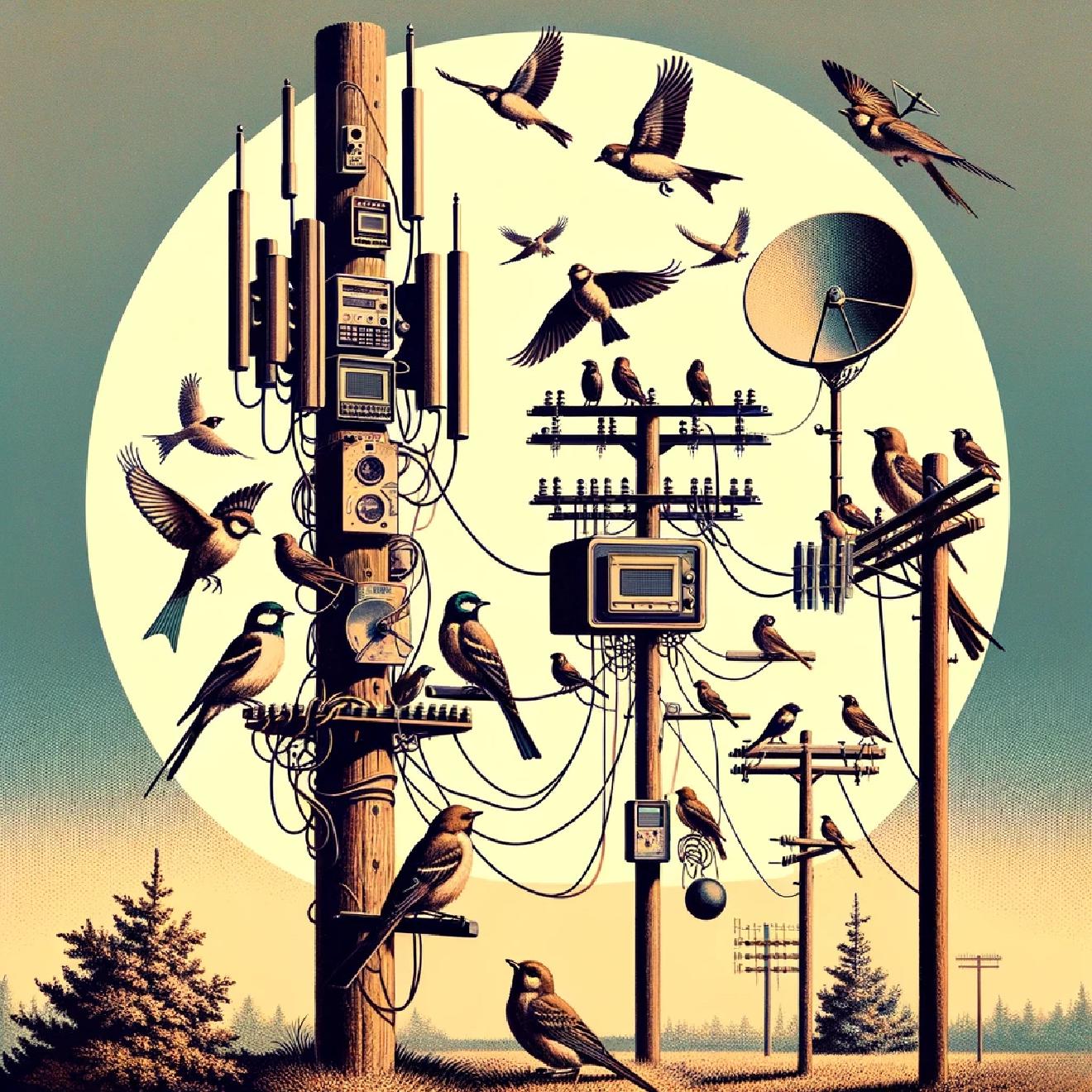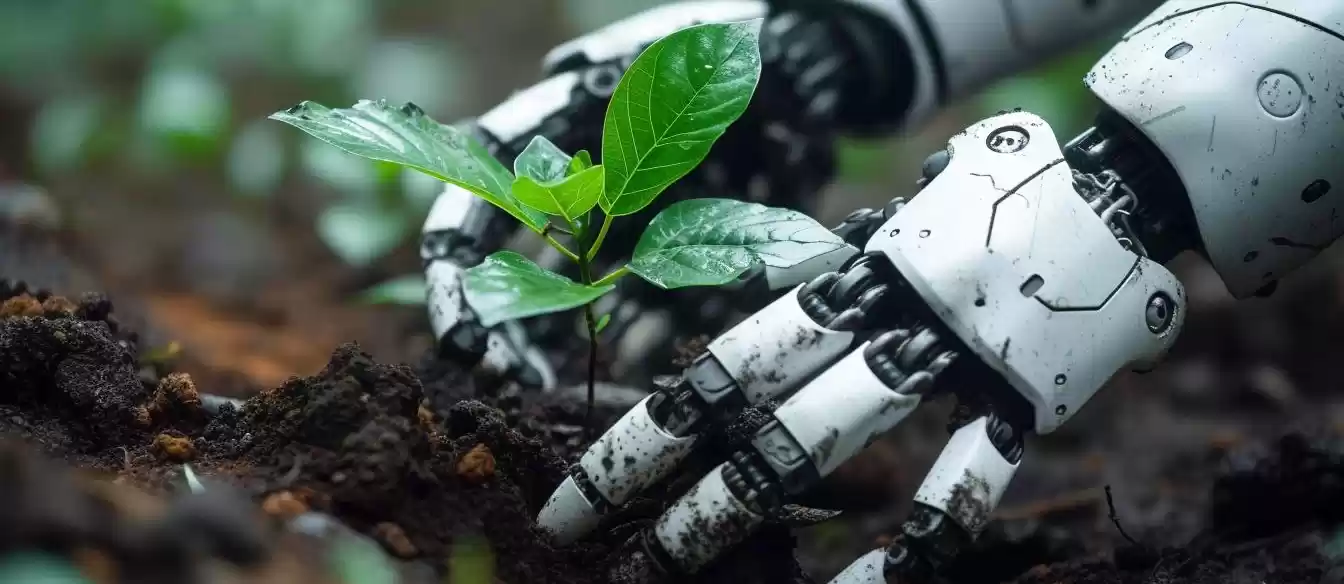The Perfect Knowledge Assistant That Does Not Exist
Table of Contents
Like some of you, I watched the unveiling keynotes of both the Ai Pin and the Rabbit R1 with a fair dose of skepticism. We are on the edge of a new era of human-computer interaction, and, like it or not, this is just the beginning. Cracking voice interaction has been a long-time dream of computer scientists, futurists, and sci-fi enthusiasts. Combine that with the ability of the integrated large language model (LLM) to analyze, summarize, and deduce information, and on paper, you get the perfect companion for your brain- a “second brain” of sorts.
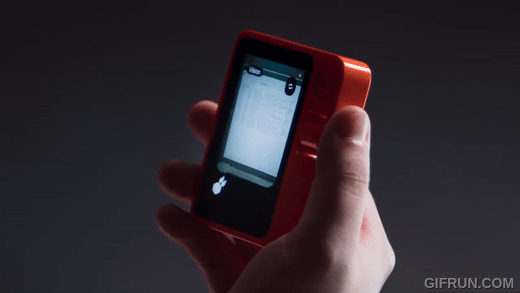
But that’s not the second brain I want. Voice works differently for me, as does text. This is ironic because I am dyslexic, and reading large portions of texts distracts me more than listening to a podcast or an audiobook. However, I would always prefer text when it comes to brainstorming and compiling knowledge. Handwritten text, to be precise.
Being able to write down my notes without distractions was the main reason I ordered the reMarkable 2 as soon as it was announced. Hardware-wise, it was love at first sight. The extremely thin form factor, the tactile feel of paper when writing, and the user experience devoid of distractions won me over. But after about a month, reality checked in. I take so many notes that having those stored as plain images on the RM2 ended up being as useful as writing them down in a paper notebook. I know the RM2 was originally meant to replace paper and nothing more, but that’s a ridiculous claim for a $400 (at the time) paper notebook. There’s so much one can do with handwritten notes without ruining the writing experience by a tiny bit.
The years after the release of both versions of reMarkable opened the doors to all kinds of players in the E-ink tablet market. Their products are getting better year after year. And yet, I still need to see something quite like what I want. Therefore, I will write down my wishes, hoping that some brave product manager out there is listening.
1. E-ink is the key. #
This bit is clear. I love the form factor of the reMarkable, and I am looking forward to where the technology will go in the near future. Beyond distraction, reducing my energy consumption footprint is one of my main concerns, and E-ink is great for that.
2. There are no notes #
Everything is simply a giant outline, like the one in Workflowy, Roam Research, and Logseq. A new note is basically just a node in that infinitely zoomable, linkable, outline. This will obviate the need to introduce files and folders since a node can serve as both a note and an organizing folder. For those who want to take long-form notes instead of outlines, this can go well with the same concept. Each paragraph in a long-form node is technically still an outline node in the background - only without explicit styling.
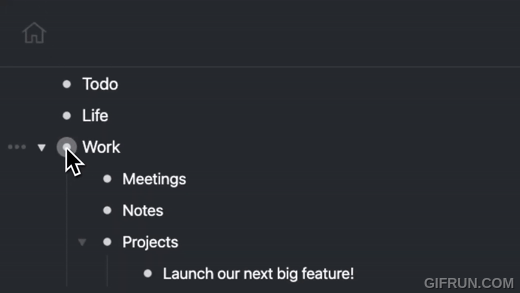
3. Seamless conversion between handwritten and typed text. #
Most vendors have partially worked on this part, but we are still far from ideal. At the time of this writing, handwritten text can, at best, be converted to typed letters, but the two versions are independent of one another. What I am looking for is seamless integration between the two -handwritten and typed text can co-exist in the same piece of text and are treated equally. If you are skeptical about how this will look like, check out MyScript’s Nebo app. As far as I am aware, only Rata’s Supernote devices are now capable of matching handwriting and typed text, but that is mainly for search purposes at the moment.
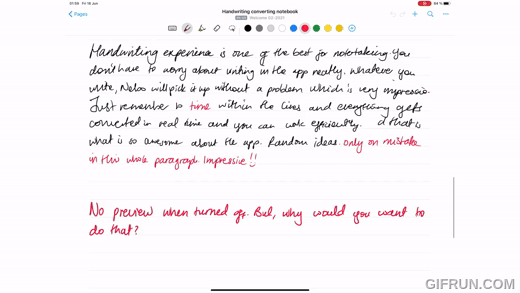
4. Intuitive editing gestures. #
A direct consequence of the previous point. Luckily, I won’t have to reinvent the wheel here because Nebo has taken the lead yet again. In case some of these interactions feel familiar, it is because Apple made them available on the iPad with Scribble. So, once again, stuff that has existed for some time.
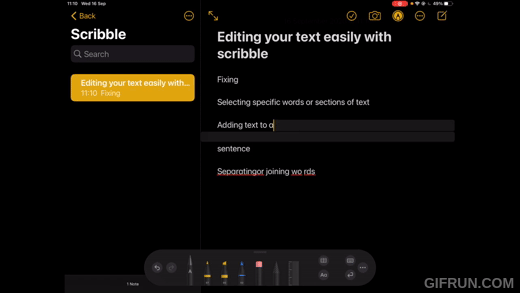
5. Universal search. #
In hindsight, this point is what I should have started with. It’s the one thing that ultimately pushed me away from the reMarkable. It is something so obvious, and yet, it is only a consequence of having implemented point 3. You can only make every note’s content available for search if its text has been made indexable beforehand
6. A built-in LLM for generating ideas, summarizing, and chat-based discussions around one’s notes. #
Ah, now we are taking AI. I wanted to know when we would come to that point. But hear me out; despite my apparent skepticism concerning general artificial intelligence, I cannot deny their ability to find hidden connections and put together my disparate thoughts. It is the perfect use case -not as artificial, but as augmented (human) intelligence. Besides Open AI’s ChatGPT, there are multiple open-source alternatives, most of which are even capable of running at a decent speed even on conventional hardware. There are some speculations that Apple is working on its own LLM, which will soon make its way to iPhones and iPads across the globe. While I am not super excited about everyone suddenly getting the ability to generate crappy artificial wisdom and spread it on the Internet, it will still make a lot of automation possible. And best of all, in Apple’s typical style, it will get refined locally on the device itself. I cannot help but want one sitting on my favorite E-ink tablet and helping me make sense of my thoughts.
So, these are a few points I hope to see in the future generation of digital “second brains.” No, not the likes of the Ai Pin and the Rabbit RI - the other kind.
Let me know what you think.
Thank you for reaching this point! If you enjoyed this post or found it helpful, consider supporting my creative journey! Every coffee helps me keep writing and sharing new ideas.
Have something to say? Send me an email or ping me on social media 👇
Want to explore instead? Fly with the time capsule 🛸
You may also find these interesting
Boost Your Productivity on the iPad With Guided Access Sessions
The iPad can be a fantastic companion for productivity and creativity. It can also be your biggest source of distraction. Using the built-in Guided Access support will help you stay in focus.
The Human in the Loop
Our desire for optimization and productivity drives us to abdicate effort and skill in exchange for rapidity

